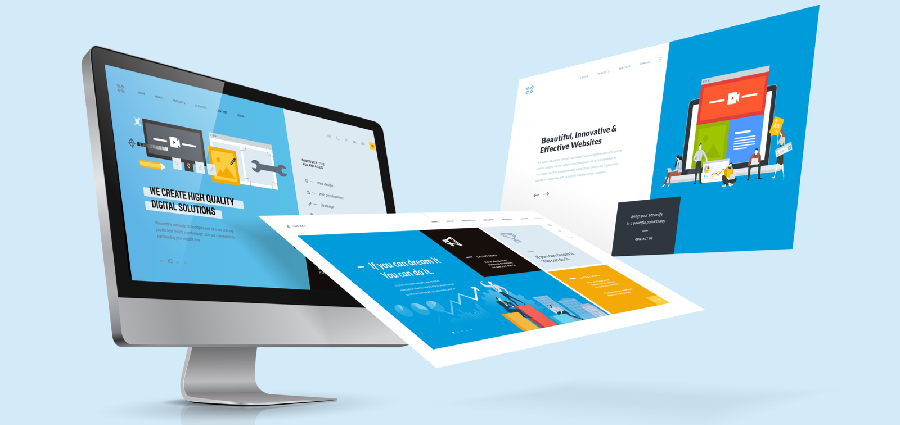Website errors are an unavoidable part and parcel of internet surfing and searching. Especially for web design, you must have a working knowledge of such errors and how to fix them to avoid being dropped by the search engines. Permanent errors hurt website rankings on search engine results page and can cause serious damage to your firm’s online reputation. For SEO and proper web design, the following errors need to be understood and fixed at the earliest.
- 404 Not Found
A 404 message is returned when the website’s URL is temporarily unavailable. Otherwise, if there is a typo in the web address, that also comes under this category only.
- Failed DNS Lookup
The lack of translation of a web address leads to such an error return. It can also be a product of overloading.
- 500 Internal Server Error
This is the most common error encountered by an internet user and is usually because of overloading. To resolve this error, simply restart, clear your cache and try again.
- 503 Service Unavailable
This error indicates a busy server in most cases. If the website is down and experiencing internal issues, this error message is displayed.
- 401 Unauthorised
This error message is returned when an unauthorised user tries to open up a website they’renot allowed to. It is a security measure for websites that some under limited access only.
- 403 Forbidden
403 forbidden error pops up when a user tries to access a directory that the site owner does not wish to show for whatever reasons. It is a security layer added to the website by the web developer.
- 408 Request Timeout
When the request made to the server to open up the webpage expires outside of the timeframe, this error message is displayed. It could be because of an overload on the server. Refresh and see if the error persists.
- 400 Bad Request
A bad request error occurs when there is a security lag, slow internet or a mismatched browser and server connection. You can try opening up from another browser to see if the problem persists.
- TCP Error Encountered While Sending Request To Server
This error is a sure sign that there is a malfunctioning hardware piece that is not allowing the connection between the server and your request. A network operator might be able to resolve it.
- 501 Not Implemented
This error status simply means that your request is not supported by the browser you are using. Switching browsers might help.
- Helper Application Not Found
If the server is looking for a helper application to download something and is unable to find it, this error message is returned.
- 502 Service Temporarily Overloaded
Like it says, this error is a product of an overloaded server that has to regulate a lot of online traffic at that given time. This error usually resolves itself after a while, when the server frees up.
- Cannot Add Form Submission To Bookmark List
You can only save a form if it is a document or any web address. If it isn’t and you attempt to save it anyway, this error message pops up.
- Connection Refused By Host
Like a 403 error, this also requires authorisation before it opens for viewing. If the password is incorrect or you are not on the access list, this message is returned.
- File Contains No Data
Lastly, this error status is the result of a bad file that has stripped margins or header, and even though the page is present, it doesn’t really contain anything at all.
Understand Errors Better
Errors are usually grouped together under 1xx, 2xx, 3xx, 4xx and 5xx codes, which might help you learn better about them. The three digit status codes originate under these groups and can be clubbed together as follows:
- 1xx codes are informational in nature
- 2xx codes depict a successful action taken
- 3xx codes occur in redirection
- 4xx codes show an error that occurs on the client’s end
- 5xx codes show an error that occur on the server’s end
Even though errors seem like a bad omen, you can make them fun (at least the 404s on your end) by being creative and making the client smile- something that takes away from an error message’s negative connotation (just like Google’s little dinosaur game for offline pages).

